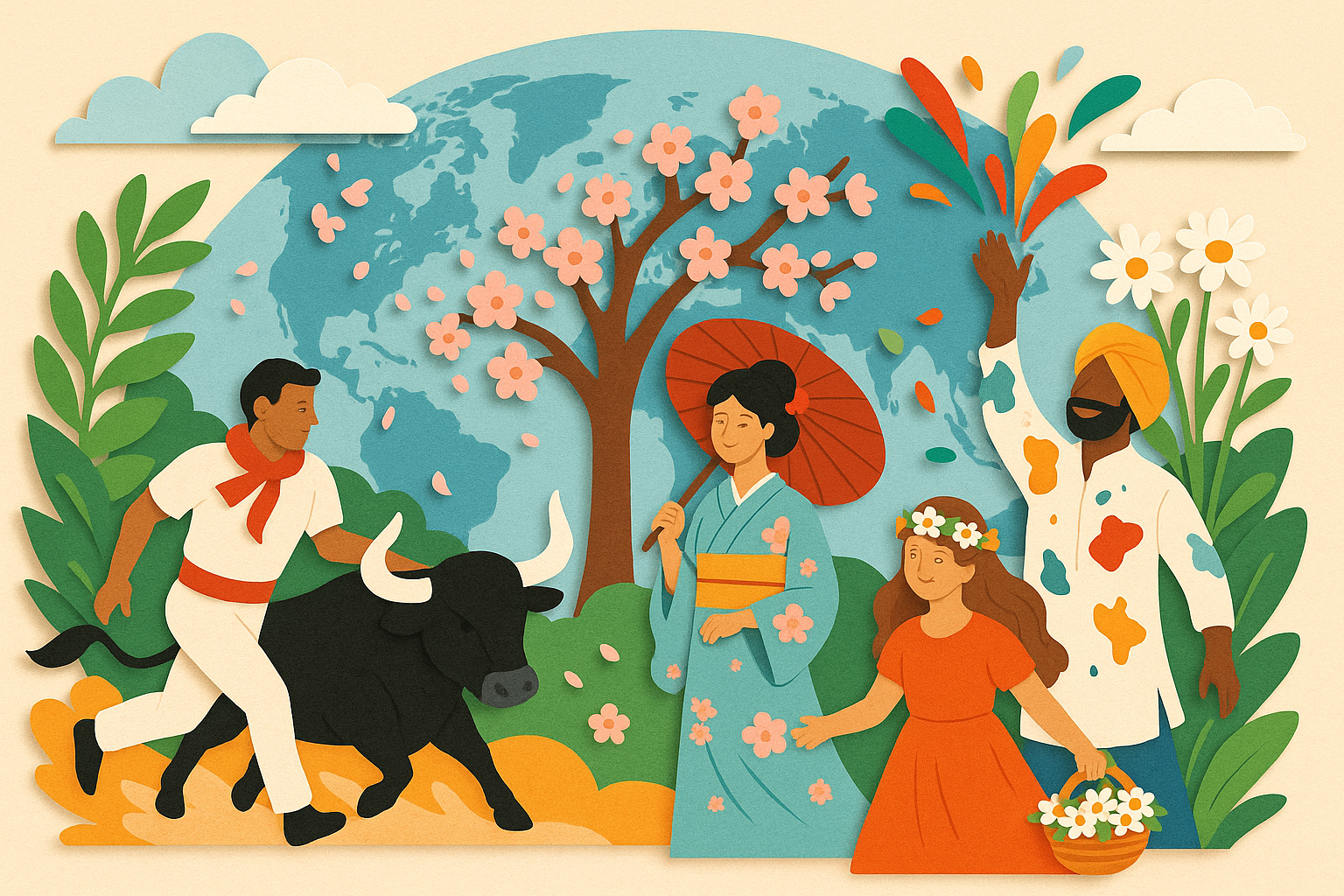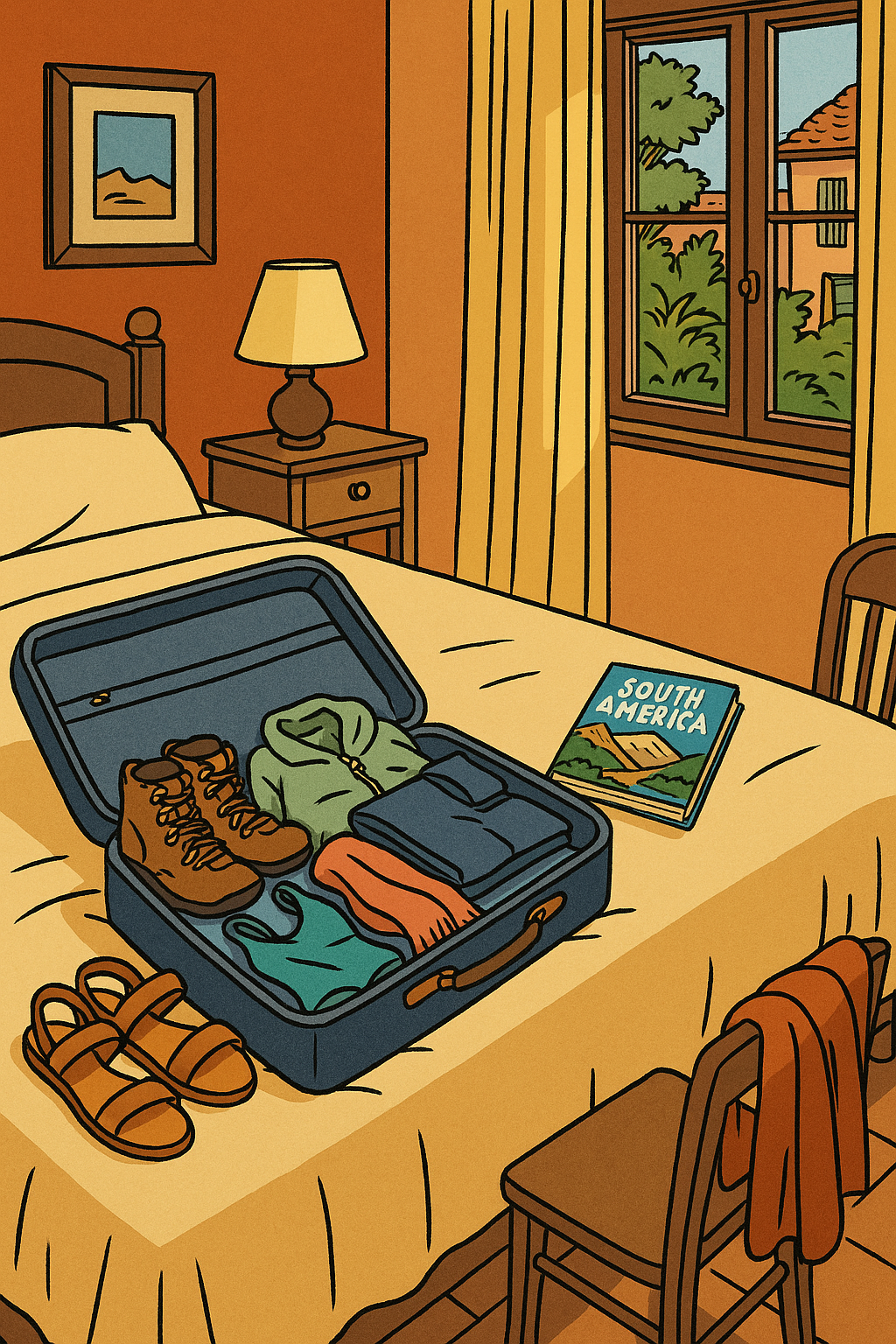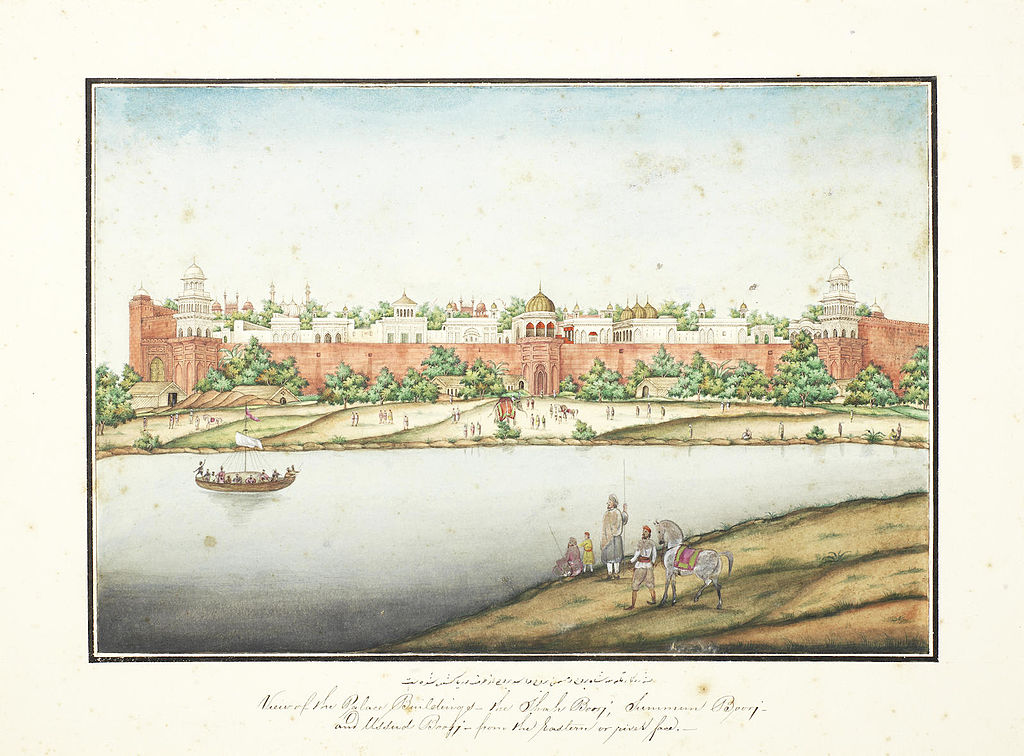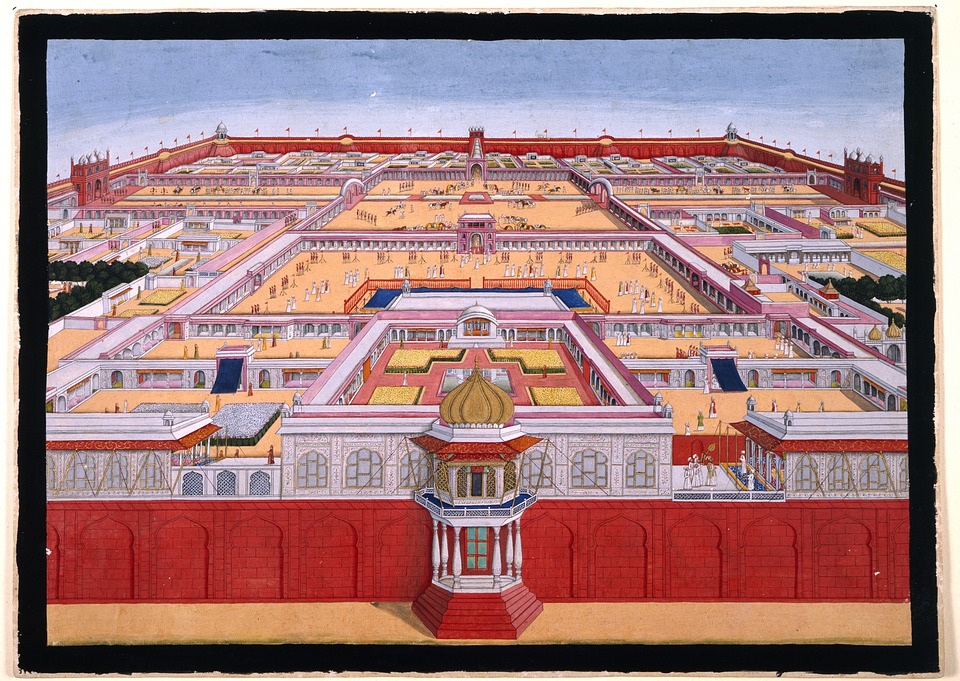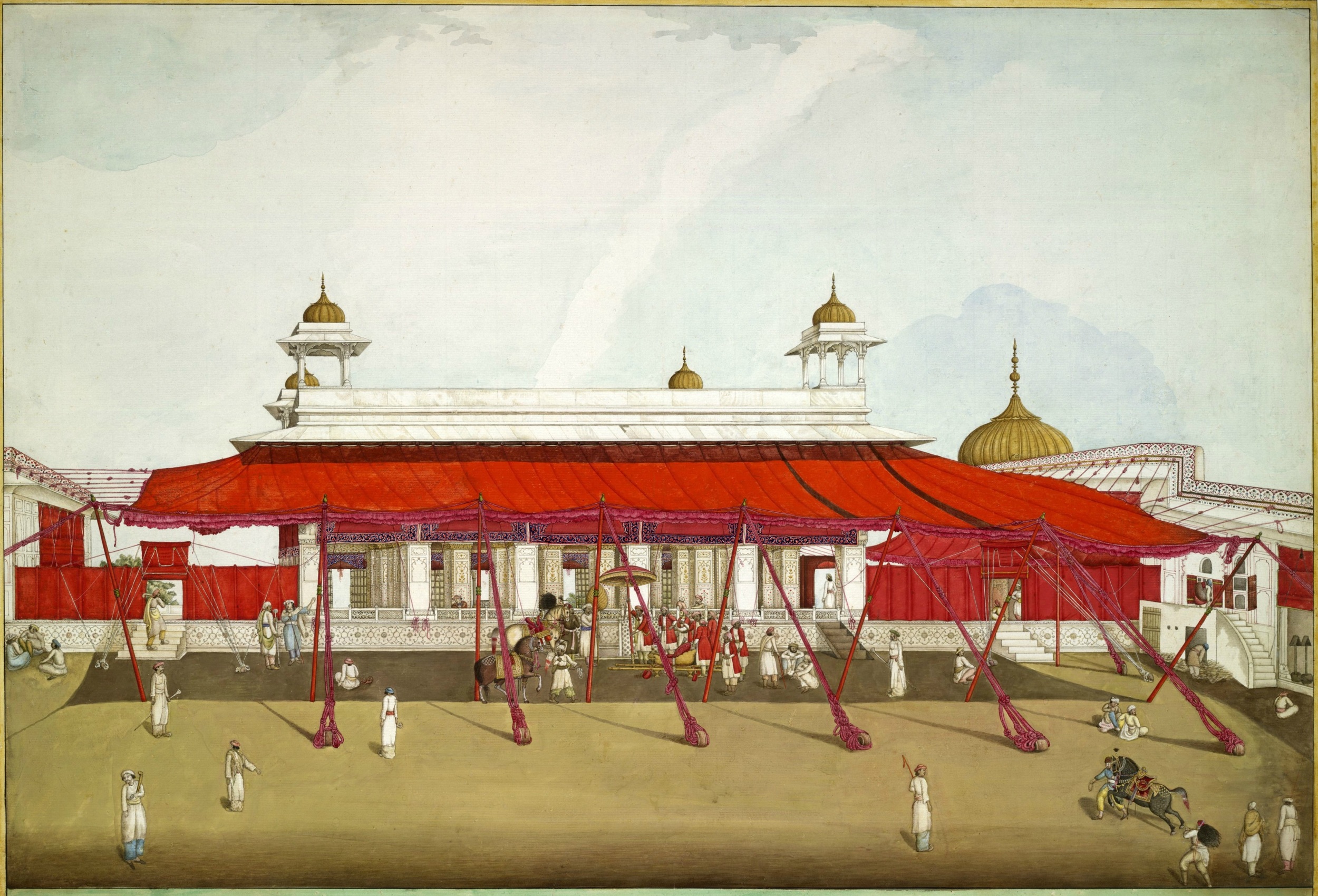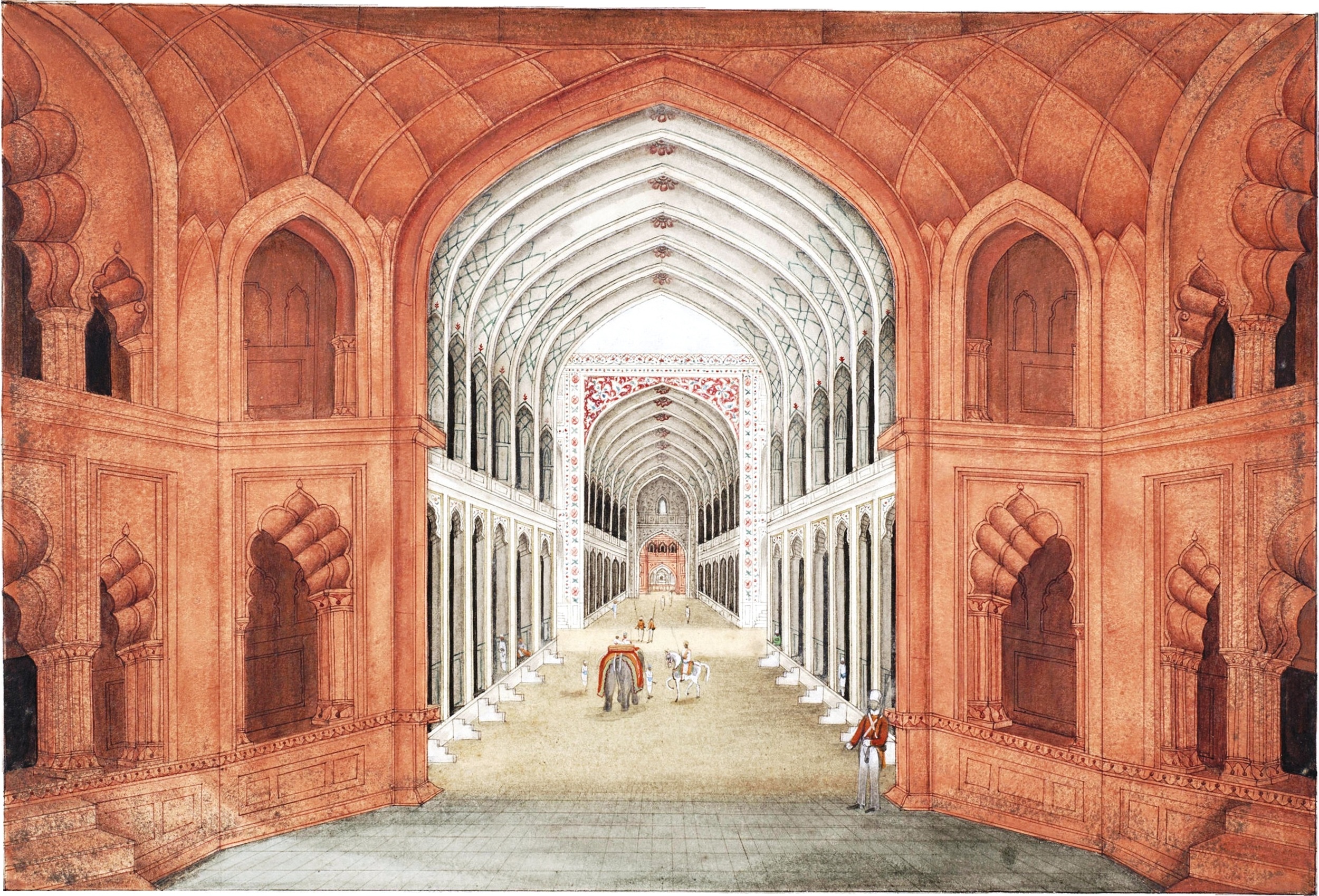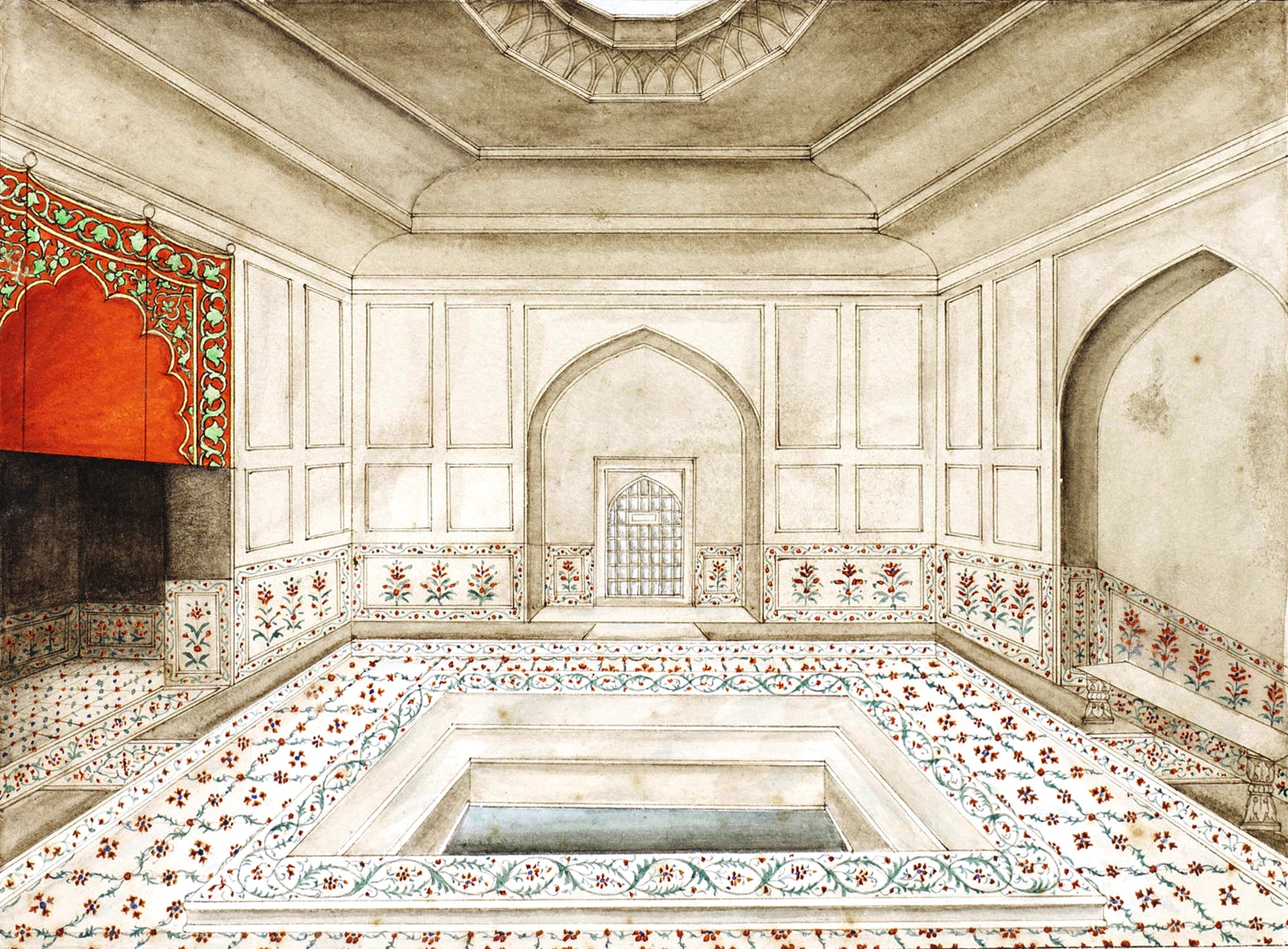What subjects appealed most to our readers? Qatar, a love den in Delhi, jinns, wellness, tapas, guacamole, a Peruvian vampire, a Fès restaurant and Trump. Lots of Trump.
It must be love.
As we reviewed our best-performing posts of our inaugural year, we noticed that you share our same diverse interests. You appreciate our quirky sensibilities (like our post on a garden filled with amorous couples finding release in a repressed society).
But you’re interested in politics, too — from what it’s like to live in a Middle Eastern country to the global effects of our controversial new president.
You also appreciate good food, whether it’s a recipe you’re looking for or restaurant suggestions on your travels.
Finally, you’re interested in folklore, be it the jinns of Islam or a fat-sucking vampire you sure don’t want to run into along the Inca Trail.
1. THE BEST AND WORST PARTS OF LIVING IN QATAR
What’s it like living in a Muslim country that fasts for an entire month and limits the sale of booze? What do Qataris think of Americans? And how the heck do you pronounce Qatar?
2. THE BEST PLACE TO MAKE OUT IN PUBLIC IN DELHI
Not a typical tourist stop, the Garden of Five Senses is a whimsical sculpture park worth visiting. It’s also popular with local couples escaping societal judgment against PDA.
3. HOW TO PROTECT YOURSELF FROM JINNS AND BLACK MAGIC
Black magic in Islam is a serious concern — and the holy writings offer numerous ways to negate magic jinn.
4. TOP 6 WELLNESS TOURISM TRIPS
Yoga on the Mexican beach, hikes to Machu Picchu, Pilates in Morocco — the best health tourism adventures.
5. LA TRANCA: KICK OFF A DAY OF MALAGA TAPAS AT THIS LOCAL HANGOUT
Famous for its empanadas and other tapas treats, this neighborhood bar has many a story to tell.
6. WHAT THE WORLD THINKS OF A PRESIDENT TRUMP
Spoiler alert: From Europe to Asia to Latin America, the outlook isn’t very optimistic.
7. BEST GUACAMOLE RECIPE EVER
Es la verdad. Wally’s famous guacamole never fails to please. Just make sure you get a molcajete.
8. MORE TAKES ON WHAT THE WORLD THINKS ABOUT A TRUMP PRESIDENCY
Is there any country that’s pleased with the results of the 2016 U.S. presidential election? (Besides Russia, that is.)
9. THE PISHTACO OF PERU
Why one of the world’s creepiest vampire legends lingers to this day.
10. THE RUINED GARDEN: A FAIRY TALE FEZ RESTAURANT
A magical, secret spot with great Moroccan food, friendly servers, quirky décor and kitty companions.


